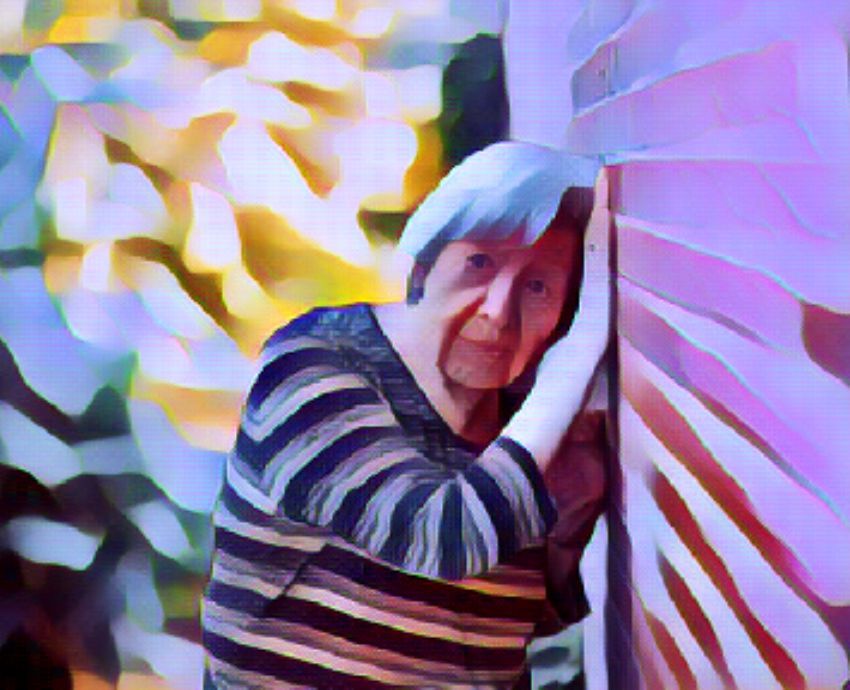
Women who are 55 and older are the fastest growing cohort of homeless people in the country, research by the Australian Bureau of Statistics (ABS) shows.
The 2021 Census found that the number of women over 55 experiencing homelessness increased by 6.6%, since the previous Census. The total number of people experiencing homelessness grew by 5.2% to 122,494.
Risk factors such as soaring rents, domestic violence, ill health and loss of employment continue to force older women into homelessness.
The number of women between 55–74 years old seeking support from homelessness services has increased by 55% over the last decade.
The New South Wales Older Women’s Network (OWN) said older women are often forced to endure domestic violence, or seek precarious shelter with friends and family, due to structural risk factors and gender norms such as lower salaries and savings compared to their male counterparts.
The cost-of-living crisis, driven by corporate profiteering and price gouging, is undoubtedly a major contributor.
The ABS definition of “homelessness” takes in a broader social context. It refers to those who do not have the financial, physical, psychological or personal means to access alternative accommodation to their current living arrangement.
In other words, homeless people include those who live in an inadequate dwelling; who do not have secure tenure, or their initial tenure is short and not extendable; or are unable to control or access space for social relations.
Older single women are especially vulnerable.
An Anglicare report in February estimated that women living alone are eight to nine times more likely to face homelessness. These shameful statistics reflect decades of policy failure.
The report, More Than Shelter: A study of the impact of safe, secure, and supported housing for older women, called on the NSW government to support a new specialist homelessness service for older people and for special legal protections for older renters, including a relocation allowance of $4000 for people over 55 who are evicted through no fault of their own.
It quoted from the 2016 Census which showed the number of women aged over 55 years experiencing homelessness rose 31% compared to 2011.
The Australian Housing Urban Research Institute projected that 440,000 households aged over 55 will need affordable housing by 2031 — a 78% rise in unmet demand since 2016.
The NSW Council of Social Services highlighted a particularly abhorrent consequence of inadequate housing. It estimated in 2021 that close to 5000 women are being forced to stay in an unsafe and violent home, and that about half have to return to a violent partner due to a lack of affordable housing options. Another 2410 became homeless because they could not find secure housing after leaving the violent home.
These statistics are sadly unsurprising when hundreds of thousands of low-income households cannot find adequate housing.
Compounded with age discrimination and decreased social mobility, a general lack of housing availability means that older women have an especially hard time in finding secure housing.
The age for elderly priority housing in NSW is set at 80, excluding a large portion of the state’s elderly homeless population.
A NSW parliamentary inquiry in October of last year recommended lowering the age from 80 to 55. Other recommendations included a specialist homelessness service for older people in NSW, with OWN calling for a specific housing strategy for older women.
With older women becoming the “face” of homelessness in Australia, it is clear that the system continues to fail the most vulnerable.
Green Left continues to campaign against policy-makers’ privatisation of public housing (which includes social housing — another form of privatisation). Public funds must go to public housing, and the especially vulnerable older cohort must be given priority. If you agree become a GL supporter for as little as $5 a month.